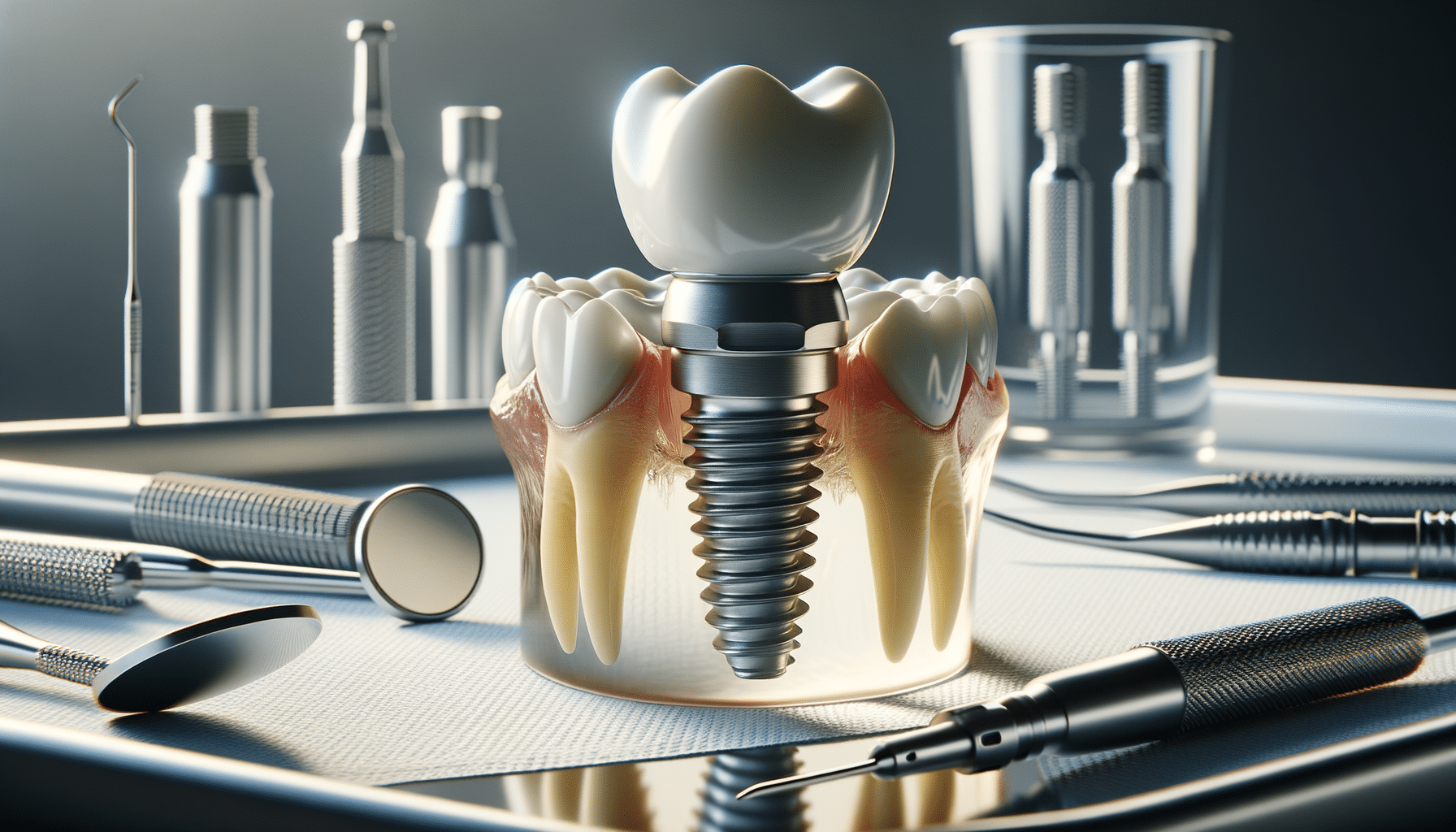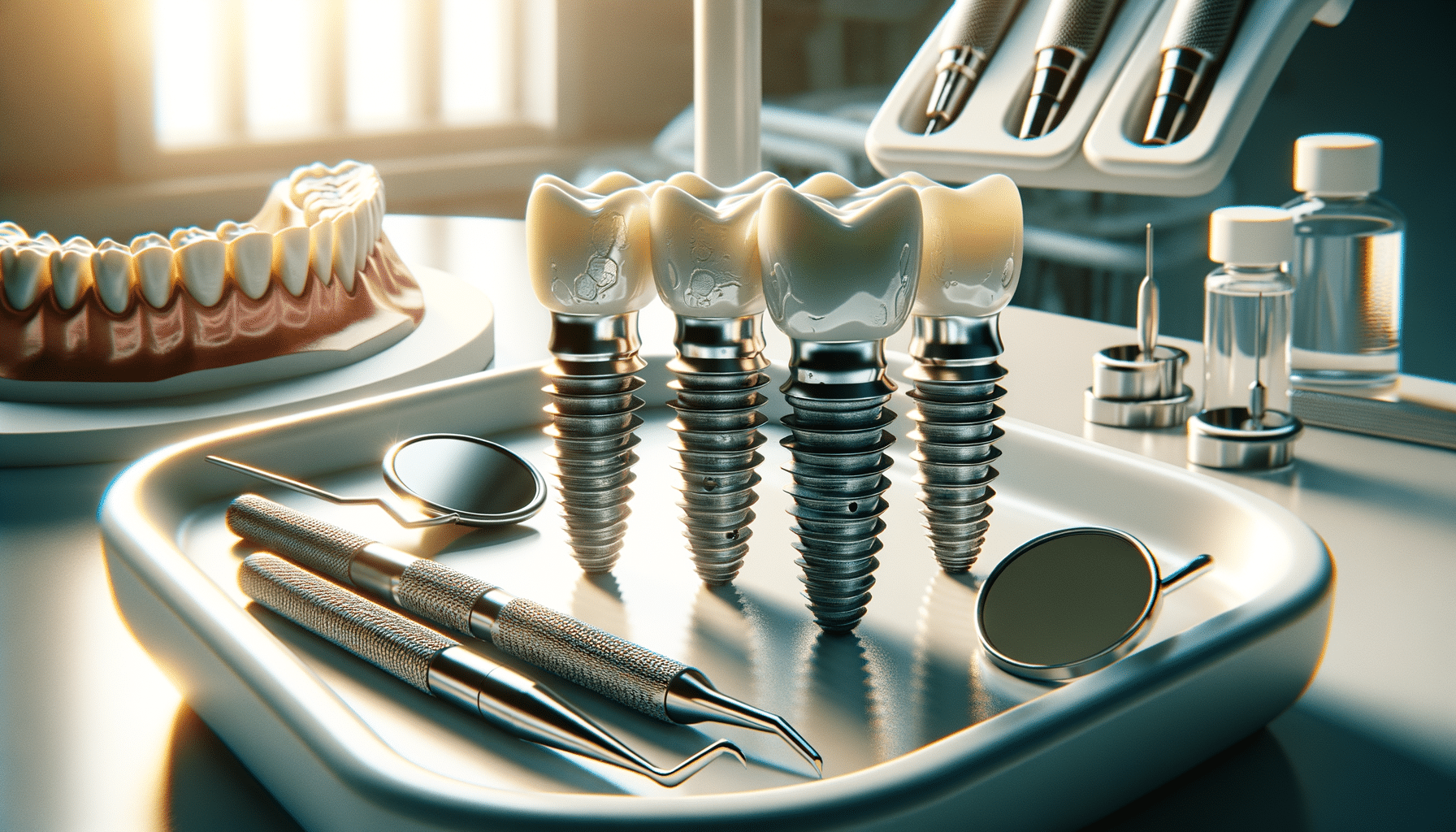
Understanding Dental Implants: A Comprehensive Guide
Introduction to Dental Implants
Dental implants have revolutionized the field of dentistry, offering a reliable solution for individuals with missing teeth. Unlike traditional dentures or bridges, dental implants provide a more permanent and natural-looking alternative. This advancement not only improves aesthetics but also enhances functionality, allowing individuals to eat, speak, and smile with confidence. In this article, we delve into the various aspects of dental implants, highlighting their importance and impact on oral health.
What Are Dental Implants?
Dental implants are artificial tooth roots, typically made from titanium, which are surgically placed into the jawbone. Over time, the bone fuses with the implant in a process called osseointegration, creating a stable base for artificial teeth. This process mimics the natural tooth root, providing a strong foundation for crowns, bridges, or dentures. The durability and stability of dental implants make them a popular choice among dental professionals and patients alike.
There are several benefits to choosing dental implants:
- Improved appearance: Dental implants look and feel like natural teeth.
- Enhanced speech: Unlike poor-fitting dentures, implants allow for clear speech without worry.
- Comfort and convenience: Implants eliminate the discomfort of removable dentures.
- Long-lasting solution: With proper care, implants can last a lifetime.
While dental implants offer numerous advantages, the procedure may not be suitable for everyone. Factors such as bone density, overall health, and financial considerations play a role in determining candidacy for implants. Consulting with a dental professional is essential to evaluate individual needs and expectations.
The Dental Implant Procedure
The process of getting dental implants involves several steps, each crucial for the success of the treatment. Initially, a comprehensive evaluation is conducted to assess the patient’s oral health, bone structure, and suitability for the procedure. This evaluation often includes X-rays and 3D imaging to plan the precise placement of the implants.
Once deemed suitable, the surgical phase begins. The dentist or oral surgeon places the implant into the jawbone, which is then left to heal over a period of several months. During this time, osseointegration occurs, ensuring the implant is securely anchored. After successful integration, an abutment is placed on top of the implant, serving as a connector for the artificial tooth.
The final step involves fitting the prosthetic tooth or teeth, custom-made to match the patient’s natural teeth. This ensures a seamless and aesthetically pleasing appearance. The entire process can take several months, but the results are often worth the wait, providing a durable and natural-looking solution.
Comparing Dental Implants to Other Tooth Replacement Options
When considering tooth replacement options, it’s important to weigh the benefits and drawbacks of each. Dental implants are often compared to dentures and bridges, two other common solutions. Each option has its own set of advantages and limitations.
Dentures are removable appliances that replace missing teeth and surrounding tissues. While they are less invasive and generally more affordable than implants, dentures may not offer the same level of stability and comfort. They can shift in the mouth, potentially causing discomfort and affecting speech.
Bridges, on the other hand, are fixed prosthetic devices that rely on adjacent teeth for support. While they offer a more stable solution than dentures, bridges require the alteration of healthy teeth, which can compromise their integrity over time. Additionally, bridges may not last as long as dental implants and may need to be replaced after several years.
Dental implants stand out due to their permanence and ability to preserve jawbone health. By mimicking the natural tooth root, implants stimulate the bone, preventing the bone loss that often accompanies other tooth replacement options. This makes them a preferred choice for those seeking a long-term solution.
Maintaining Dental Implants
Proper care and maintenance are crucial for the longevity of dental implants. Much like natural teeth, implants require regular brushing and flossing to prevent plaque buildup and gum disease. It’s also important to attend regular dental check-ups to monitor the health of the implants and surrounding tissues.
Here are some tips for maintaining dental implants:
- Brush twice daily with a soft-bristle toothbrush.
- Use non-abrasive toothpaste to avoid scratching the surface of the implant.
- Floss daily using implant-specific floss or interdental brushes.
- Rinse with an antibacterial mouthwash to reduce bacteria.
- Avoid hard foods that could damage the implant or prosthetic tooth.
By following these guidelines and maintaining regular dental visits, individuals with dental implants can enjoy a healthy and beautiful smile for years to come.
Conclusion: The Impact of Dental Implants on Oral Health
Dental implants have transformed the landscape of modern dentistry, offering a reliable and aesthetically pleasing solution for tooth loss. Their ability to mimic natural tooth roots not only enhances appearance but also preserves oral health by preventing bone loss. While the procedure may require a significant investment of time and money, the long-term benefits often outweigh the initial costs.
For individuals considering dental implants, consulting with a dental professional is crucial to assess suitability and develop a personalized treatment plan. With proper care and maintenance, dental implants can provide a lifetime of confident smiles and improved quality of life.


